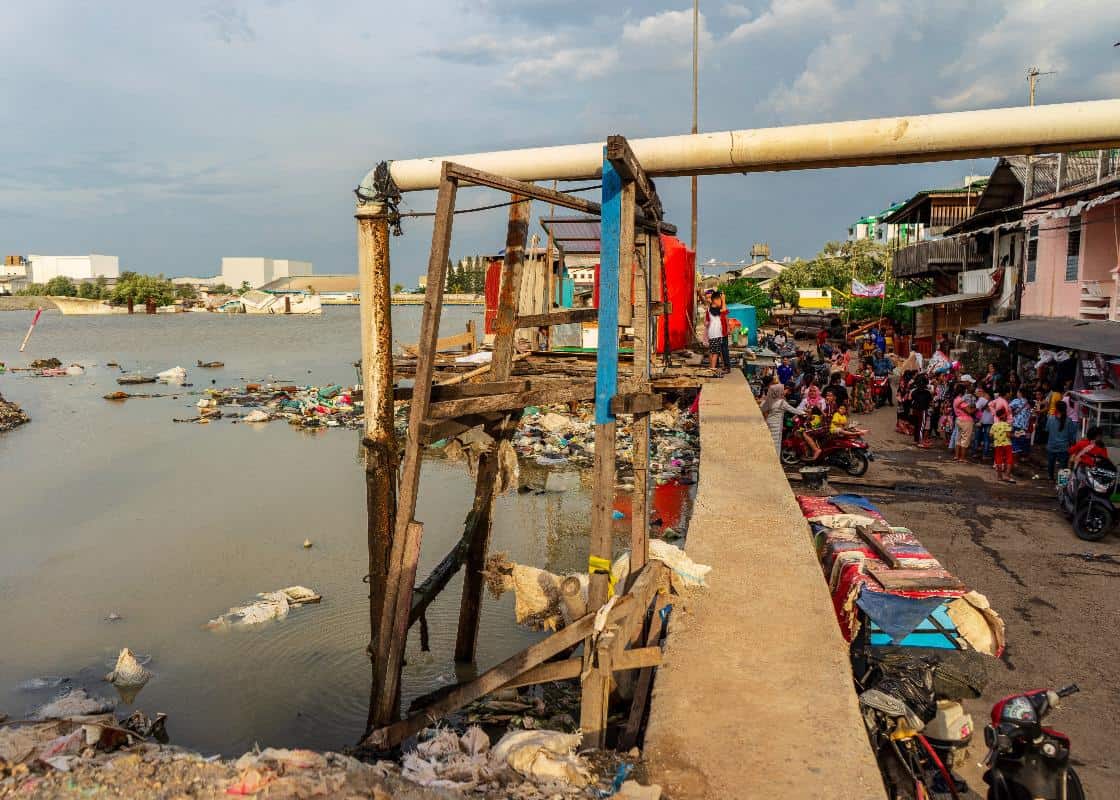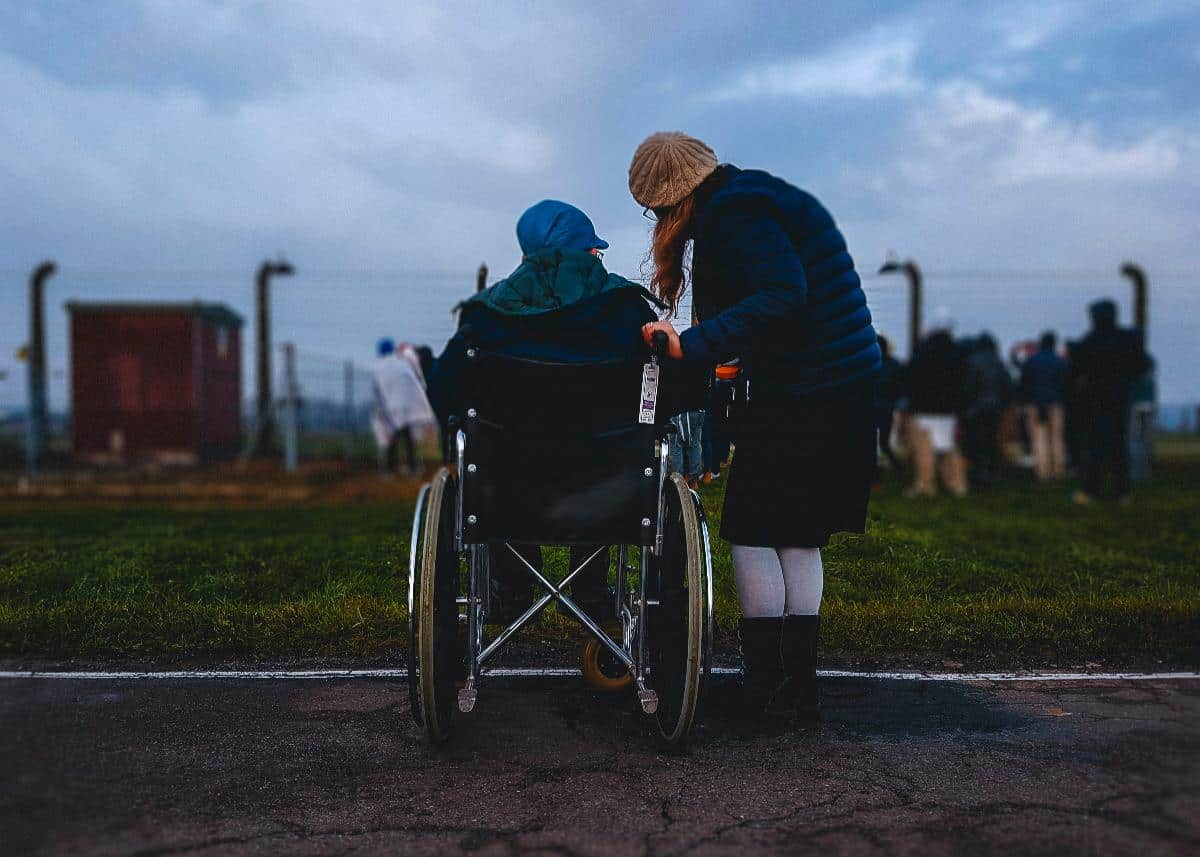Floods, fires, tsunamis, tornadoes, earthquakes and drought
Each year we see a greater number of natural disasters due to climate change, and their increasing severity affect us all. Natural disasters can completely wipe away communities or slowly alter the way our cities and town functions. They can range from farmers experiencing drought in their fields to residents dealing with floods in their basements due to dry spells followed by heavy rains—or in extreme cases, cities being destroyed and lives lost.
Population density and urbanization has increased our vulnerability to these disasters. Nearly 80 percent of the US population resides in urban areas, resulting in a concentration of people living in coastal communities and flood-prone areas. Congestion, limited escape routes and dense infrastructure all add to disaster vulnerability, but it’s impossible to ignore the systemic issues at play that make specific populations more vulnerable.
Though it can be said that everyone experiences the threats of a natural disaster, women, the elderly, people with disabilities, those living below the poverty line and BIPOC populations are at a greater risk—both in terms of experiencing a natural disaster as well as receiving proper aid and care during and post-event.
Those living below the poverty line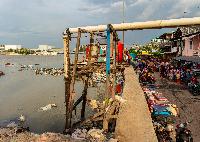 Photo by Tim Shepherd on Unsplash
Photo by Tim Shepherd on Unsplash
The United Nations University has calculated a World Risk Index for a region’s vulnerability to natural disasters. It considers four factors: exposure, susceptibility, coping capacities and adaptive capacities. When taking into account all of these factors, only one is completely out of our control: exposure. The other three are all exasperated by poverty.
In the same 20-year period, 33 percent of countries that experienced disasters were low- to lower-middle income, but 81 percent of people who died in disasters lived in these countries. This problem is growing, and it’s said that we can expect up to 325 million people living below the poverty line to reside in the 49 most hazard-prone countries by 2030.
Looking at the United States, specifically within the California region which is susceptible to fires, we’ve seen the extremely high cost of housing push folks to build within and migrate to fire-prone areas. Overall, the US’s (and many other countries’) landscape forces lower-income families to live in higher-risk areas.
It’s not only certain families or people who are at risk, but entire low-income communities are affected long after the disaster has struck. When comparing low-income communities with wealthy ones, the wealthier populations are more likely to have the means to access food and resources almost immediately, or have the government funds/more disposable tax dollars available for rebuilding communities.
These are systemic decisions that have been made by those who are least affected by natural disasters. They trap vulnerable populations in a cycle of poverty, leaving them without the resources to rebuild, along with increased health risks due to food and water scarcity.
Reducing income inequality and making communities more self-reliant and resilient is done at a systemic level, but is advocated for on a personal level. It’s more important than ever to ensure our communities are empowered and not left without their basic needs. This can look like: establishing a community garden, having local backups for food and water, and reworking aid and services for low-income communities and family.
Women
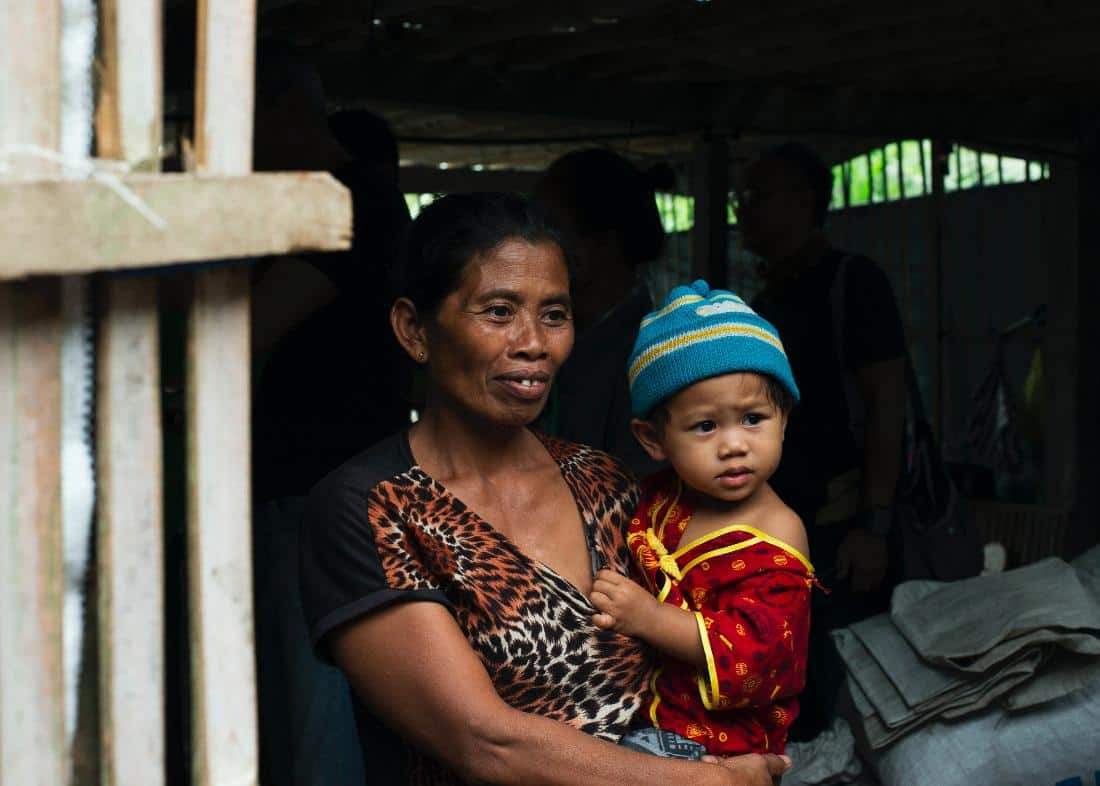 Photo by mark chaves on UnsplashWhen it comes to evacuating during a natural disaster, women are more vulnerable because they have less access to resources, are victims of gendered division of labour, and are often the primary caregivers to children, elderly family members and members with a disability.
Photo by mark chaves on UnsplashWhen it comes to evacuating during a natural disaster, women are more vulnerable because they have less access to resources, are victims of gendered division of labour, and are often the primary caregivers to children, elderly family members and members with a disability.
This means women have a harder time mobilizing during an event, and are more likely to be left unemployed or overburdened with responsibility, inevitably stopping them from earning an income post-disaster, which impacts short and long-term recovery. Even though women are more likely to recognize and respond to risk, their vulnerability to disasters is mostly shaped by traditional gender roles, power and privilege as well as low wages.
The elderly
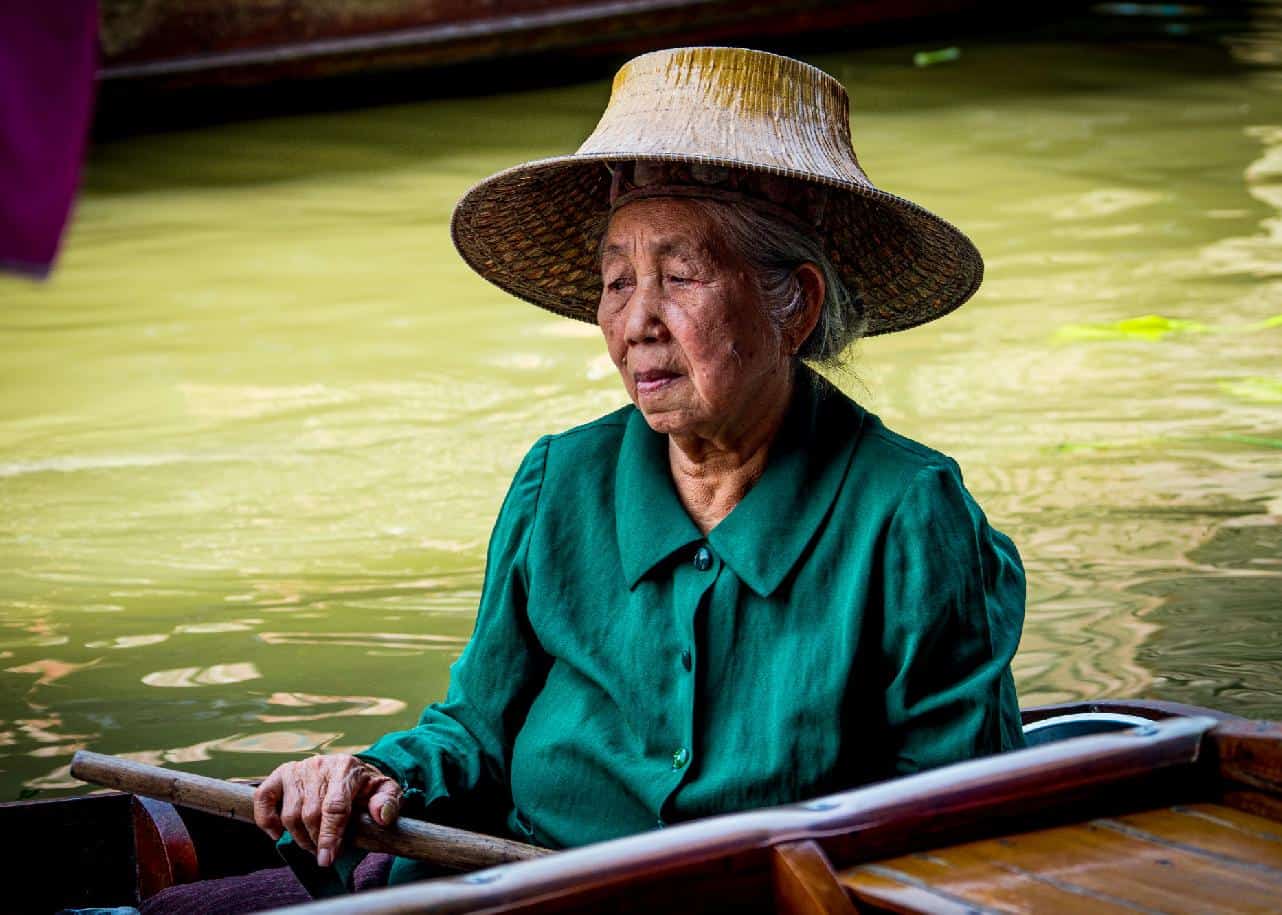 Photo by Joanna Wojcicka on UnsplashThe elderly population is often the most neglected in disaster relief programs, even though they’re among the most at-risk. Relief charity HelpAge International reports that the vulnerability of the elderly is increasing, with the proportion of older people in developing countries set to double to 850 million by 2025. Following a natural disaster, elderly populations’ isolation from friends, family and community greatly increases their vulnerability for disease, malnutrition and general health issues post-event. They are also most at risk for improper access to information. These populations are less likely to have technology indicating that there’s an alert to either evacuate or stay put. Even if they do get the notification, often finances or circumstance prevent them from getting out safely.
Photo by Joanna Wojcicka on UnsplashThe elderly population is often the most neglected in disaster relief programs, even though they’re among the most at-risk. Relief charity HelpAge International reports that the vulnerability of the elderly is increasing, with the proportion of older people in developing countries set to double to 850 million by 2025. Following a natural disaster, elderly populations’ isolation from friends, family and community greatly increases their vulnerability for disease, malnutrition and general health issues post-event. They are also most at risk for improper access to information. These populations are less likely to have technology indicating that there’s an alert to either evacuate or stay put. Even if they do get the notification, often finances or circumstance prevent them from getting out safely.
People with disabilities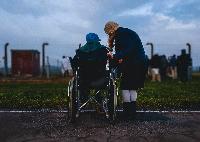 Photo by Josh Appel on Unsplash
Photo by Josh Appel on Unsplash
Those living with a disability are uniquely affected by natural disasters. Some of the burdens include: no warning of oncoming disasters, unclear instructions or improper warnings for someone with a communication disability. Those with disabilities may not have access to transportation, and often rely on personal support networks—which may become severed during a disaster. In general, those within the disability community are left out of disaster-planning efforts, which takes away an important voice in the development of plans that meet their needs.
With proper funding reallocation, along with the re-prioritizing of needs and taking all communities into consideration, we can avoid unnecessary injury or death just by being ready with accessible tools and evacuation plans.
Black, Indigenous, and People of Colour (BIPOC)
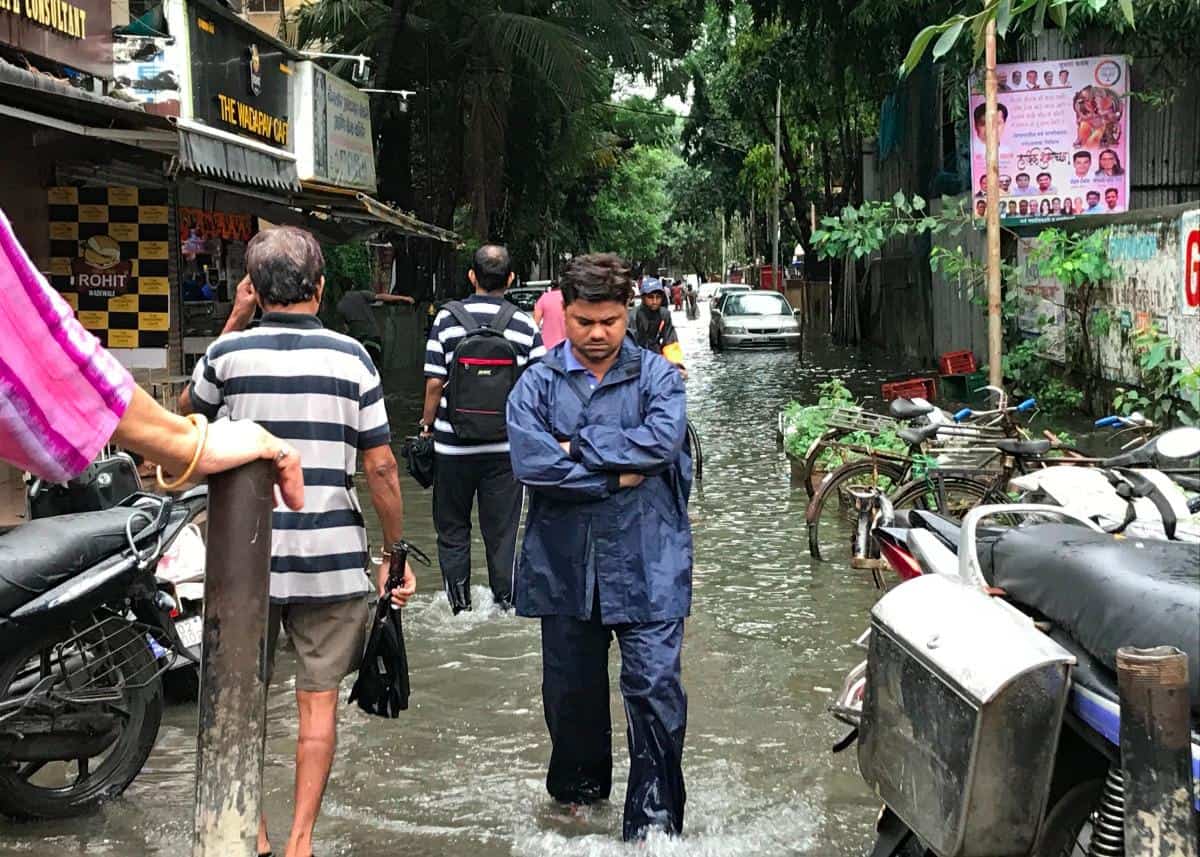 Photo by Piyush Priyank on UnsplashBlack, Indigenous, and People of Colour (BIPOC) are often relocated (through gentrification) into areas that are more susceptible to the effects of climate change. This includes areas that experience more frequent and harmful natural disasters and rising sea levels.
Photo by Piyush Priyank on UnsplashBlack, Indigenous, and People of Colour (BIPOC) are often relocated (through gentrification) into areas that are more susceptible to the effects of climate change. This includes areas that experience more frequent and harmful natural disasters and rising sea levels.
Once again, systemic decisions that have been made by those in power—often rich white people—leave BIPOC communities exposed to the damages of natural disasters, without the economic ability to move or defend against these events.
Voices from these communities are systematically excluded from decision-making processes, and though Indigenous communities have long been at the forefront of conservation and preservation of natural spaces, they’ve often been overlooked and ignored despite their experience and knowledge of living with the land and how to heal our planet.
Evaluating who is missing from important decision-making processes and recognizing these inequalities is one thing, but modifying our decision-making systems to include these voices is another. Though there is no quick fix, it’s crucial to seek out solutions that help and support BIPOC communities, instead of upholding systems that benefit rich, white folks.
Yes, natural disasters affect and destroy the lives of everyone around them, but it’s in the comeback—the bounce back—where we really see the discrepancy. Wealth distribution and systemic racism shape and dictate who gets hit the hardest and who gets to recover. With the threat of climate change—and subsequent natural disasters—we need to take a long look at who is most affected versus who is making the decisions. By shifting the policy-making to include representation from all communities, we can increase accessibility and provide life-saving aid to all people, not just to the fortunate few.

